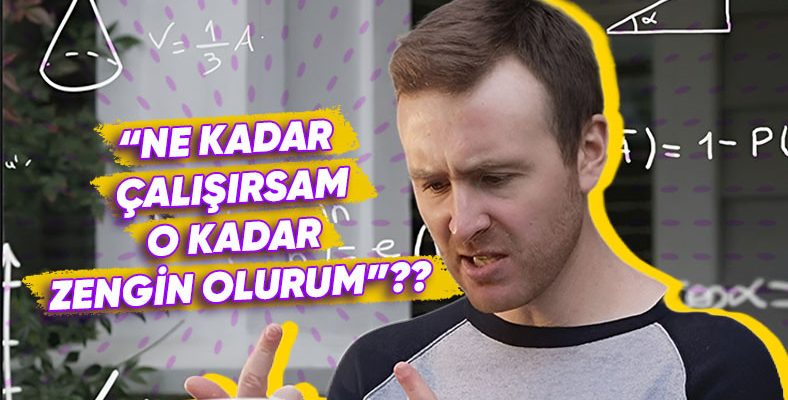Economics, psychology, business, etc. from social sciences to mathematics, health, etc. The concept of correlation appears in many fields, from positive sciences to science. So what is correlation? What are the types of correlations? In this content, we explain it in its simplest form.
What is correlation? This term actually refers to a situation that we frequently encounter in daily life. In other words, even if you do not know its meaning, we witness or are exposed to a correlation every day, perhaps many times.
The term correlation, which we encounter in many fields, is actually a statistical concept. Finance, economics, business, psychology, sociology, health, mathematics, engineering and many other fields use correlation in their analyzes and calculations. Therefore concept of correlation, types of correlation Let’s roll up our sleeves to learn and many more details.
“What is correlation?” Let’s start by answering the question.
In its simplest definition, correlation is the situation where two or more variables affect each other It is a statistical term that expresses In a way, the variables in question tendency to act together Or we can say that it is a guide that helps us understand how they mutually affect each other.
To put it differently, correlation the relationship between one or more variables and the strength of this relationship It is useful to express.
In other words, the mutual influence of X and Y on each other, in other words, their relationship, correlation We define it as .
It is possible to encounter different types of correlations. So what are these types of correlations?
- positive correlation
- negative correlation
- neutral correlation
Concept of correlation with correlation coefficient (correlation coefficient) is expressed and “r” It is shown with . As we mentioned above, it comes in three different types.
What is positive correlation? Let’s examine.
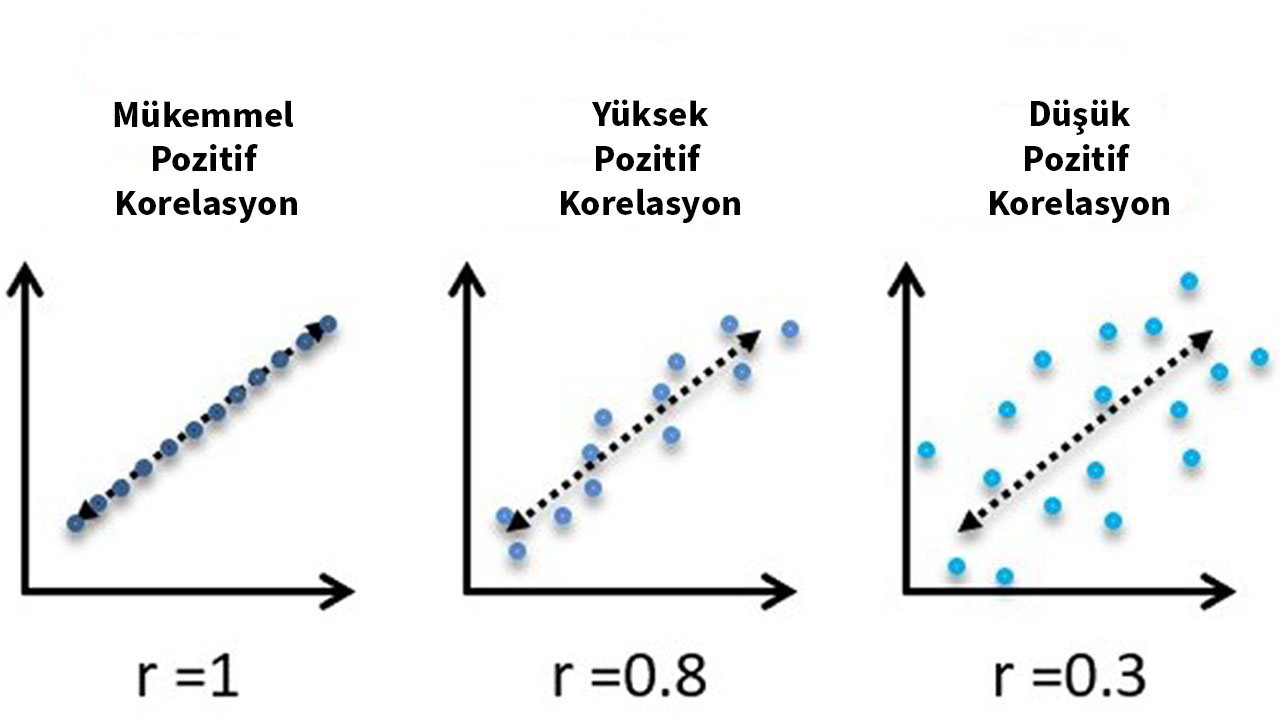
Positive correlation means that there is a positive linear relationship between variables and that the variables move together. In other words, An increase in the value of one variable causes an increase in the value of the other it causes.
The value, i.e. strength, of the positive correlation, 0 to +1 It is expressed with a value between . The closer this value gets to +1, the more perfect the relationship between the variables is.
Let’s take a look at examples of positive correlations to understand better.
For example;
- The more time you spend on a project, the more effort you put into it.
- The higher your individual income, the more tax you will pay.
- The more overtime you work, the more money you will earn.
If you noticed, in these examples As a result of the increase in the first variable, there is also an increase in the second variable.. Conversely, if there was a decrease in the first variable, this would cause a decrease in the second variable as well.
What is negative correlation?
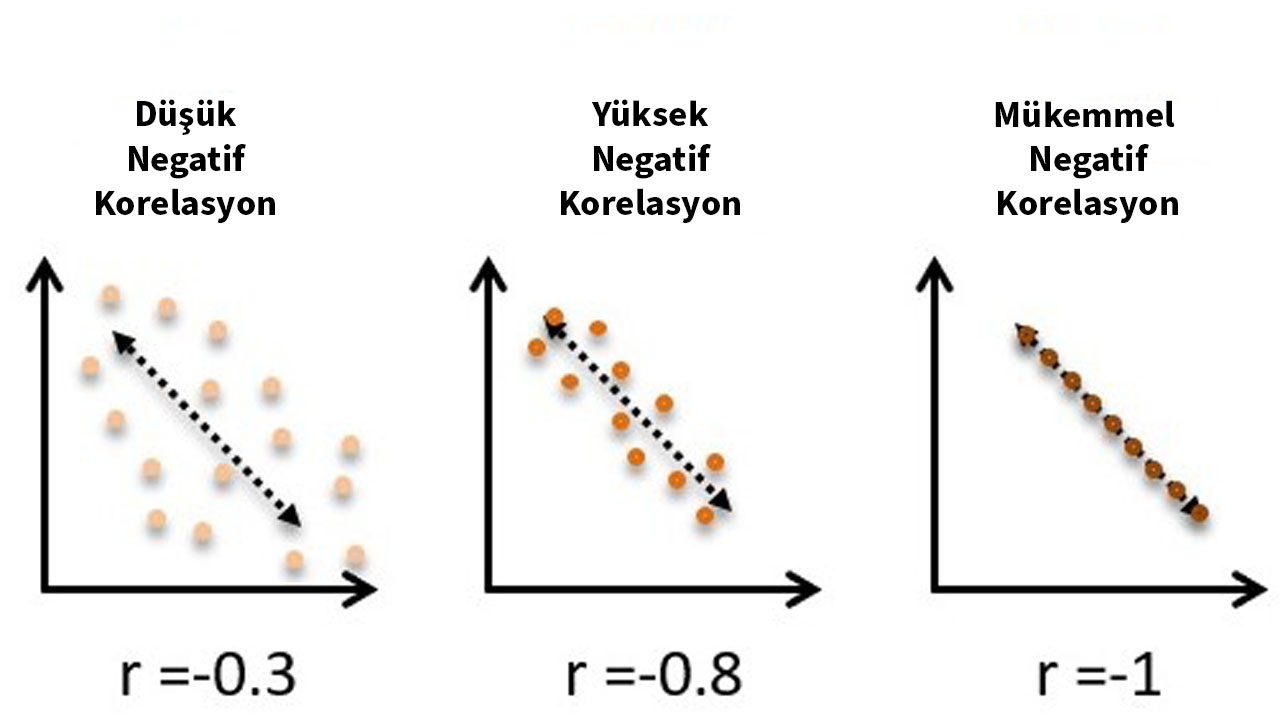
Negative correlation means that there is a negative linear relationship between variables. That is, the change of value in the variables does not move in the same direction. From variables increasing the value of one variable causes the value of the other variable to decrease it causes.
The value, i.e. strength, of the negative correlation, -1 to 0 It is expressed with a value between . Similarly, the closer this value is to the -1 limit, the more perfectly negative correlation is seen between the variables.
Let’s also examine examples of negative correlations.
For example;
- The more payments you make for the bank loan you take out, the less your debt amount will decrease.
- The more you work in the office, the less time you will spend at home.
- The more products you purchase for a business, the less your capital will decrease.
As you see A decrease in the second variable as a result of an increase in the first variable is occurring. This means that there is a negative correlation between the two variables. Conversely, if there was an increase in the first variable, this would cause a decrease in the second variable.
What is Neutral (Zero) correlation?
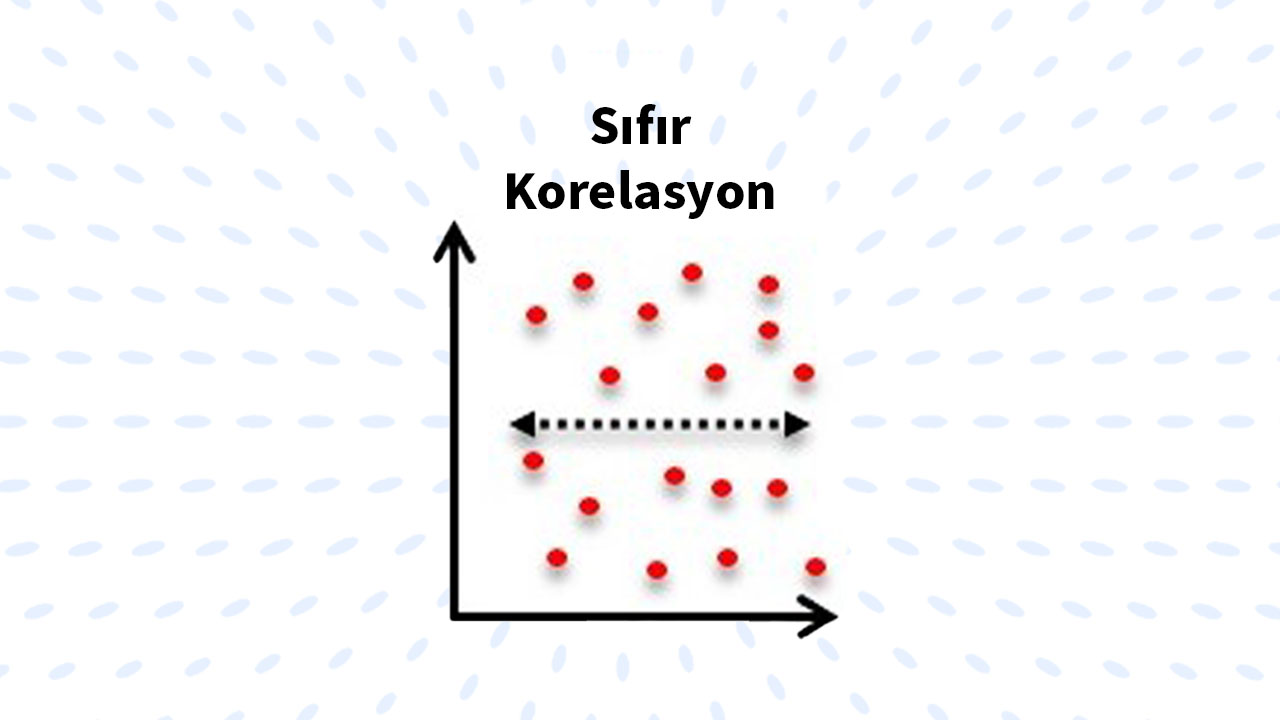
As you can guess from the fact that 0 represents absence, zero correlation means a correlation between variables. you don’t have a relationship expresses.
In other words, if there is no relationship between the variables, these variables act independently of each other shows.
If the correlation coefficient is equal to 0, it means that there is no linear relationship between the variables.
Let’s also examine examples of neutral (zero) correlation.
As we mentioned before, zero correlation exists between variables. It means there is no relationship. For example, there is zero correlation between the variables in the following expressions;
- The smarter a person is, the earlier he comes to work.
- The more you invest in the business, the sooner employees leave.
This shows that there is no relationship between the variables at a level that affects each other. Well There is no correlation between a person being smart and coming to work early.
The most important distinction to make about correlation: Correlation does not mean causation!
Causality, one variable directly affects another It represents a relationship. In other words, it means that a change in the value of one variable causes a change in the value of the other variable.
To indicate that the effect of one variable is caused by the other variable Analysis needs to be made based on long-term data.
If it is correlationas we said before, between two variables measures statistical relationship. That is, it expresses how the value of one variable is related to the value of another variable. It only tends to move together between variables.
For this reason, between two variables Just because there is a significant correlation does not mean there is also significant causality.
Why doesn’t correlation indicate causation? Let’s explain it with an example.
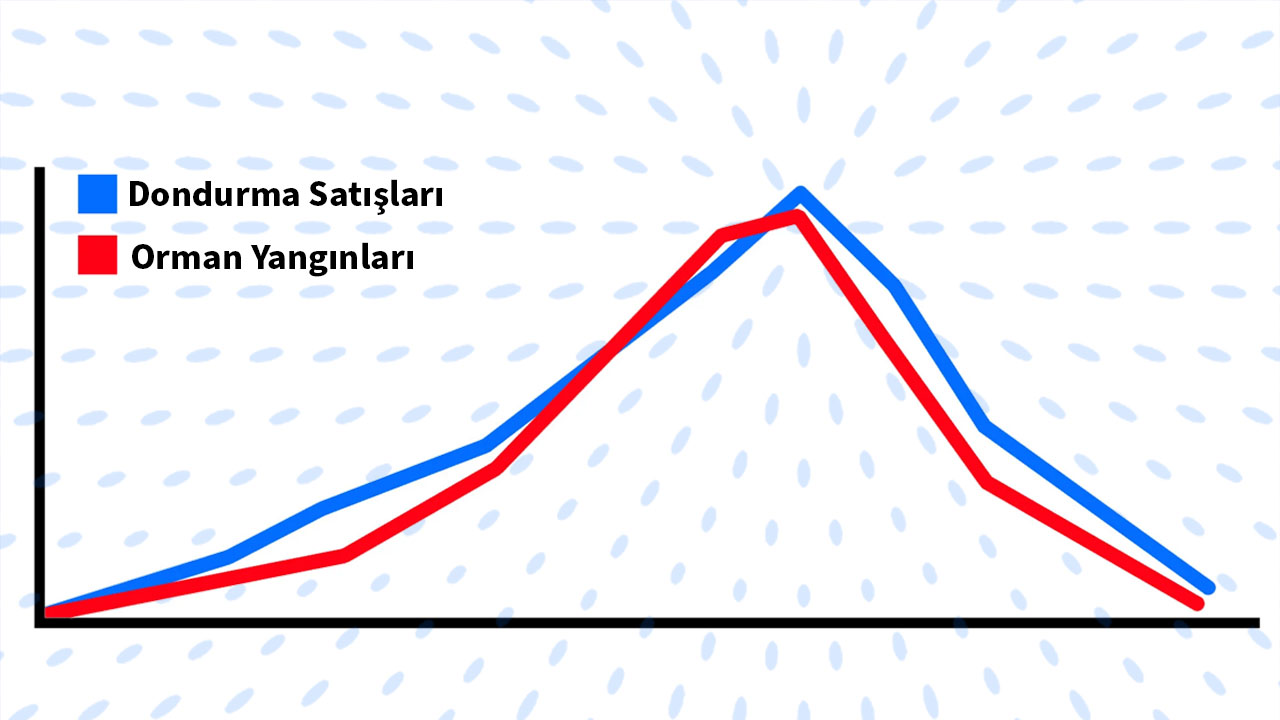
For example, a positive correlation can be seen between increased ice cream sales in the summer and an increase in the amount of forest fires. Because actually The increase in both conditions is probably due to increasing air temperature. occurs as.
But this Doesn’t mean ice cream sales cause forest fires. As can be seen from this example, correlation does not indicate causation!
So how is the correlation coefficient calculated?
Usually SPSS etc. There are various analysis methods used to calculate the correlation coefficient calculated with the help of analysis programs. To decide which technique to use Knowing the details of the following statements must.
- Type of scale used to measure variables
- Whether variables are continuous or discontinuous
- Whether the data is linear or not
Let’s take a look at the correlation coefficient calculation methods:
Regarding the variable whose correlation will be calculated Once the details are known, the appropriate analysis method is used. The correlation coefficient can be calculated. Some analysis methods used to calculate correlation are:
- Pearson product-moment correlation coefficient
- Spearman brown glazing differences correlation coefficient
- Point biserial correlation coefficient
- Biserial correlation coefficient
- Quadrilateral correlation coefficient
- Partial correlation coefficient
- Multiple correlation coefficient
In this content, in its simplest form “What is correlation?We tried to answer the question. Although this is a subject that is explained for pages in statistics books, correlation types, correlation coefficient calculation methods and correlation examples We aimed to help our readers draw the general framework on the subject with titles such as.
Our other content that may interest you:
RELATED NEWS
What is Regression, the Statistical Analysis Method Used in Economics, and How is It Done?
RELATED NEWS
If the Economy is Bad and Everything is So Expensive, How Can Everyone Spend Money Like Crazy?
RELATED NEWS
